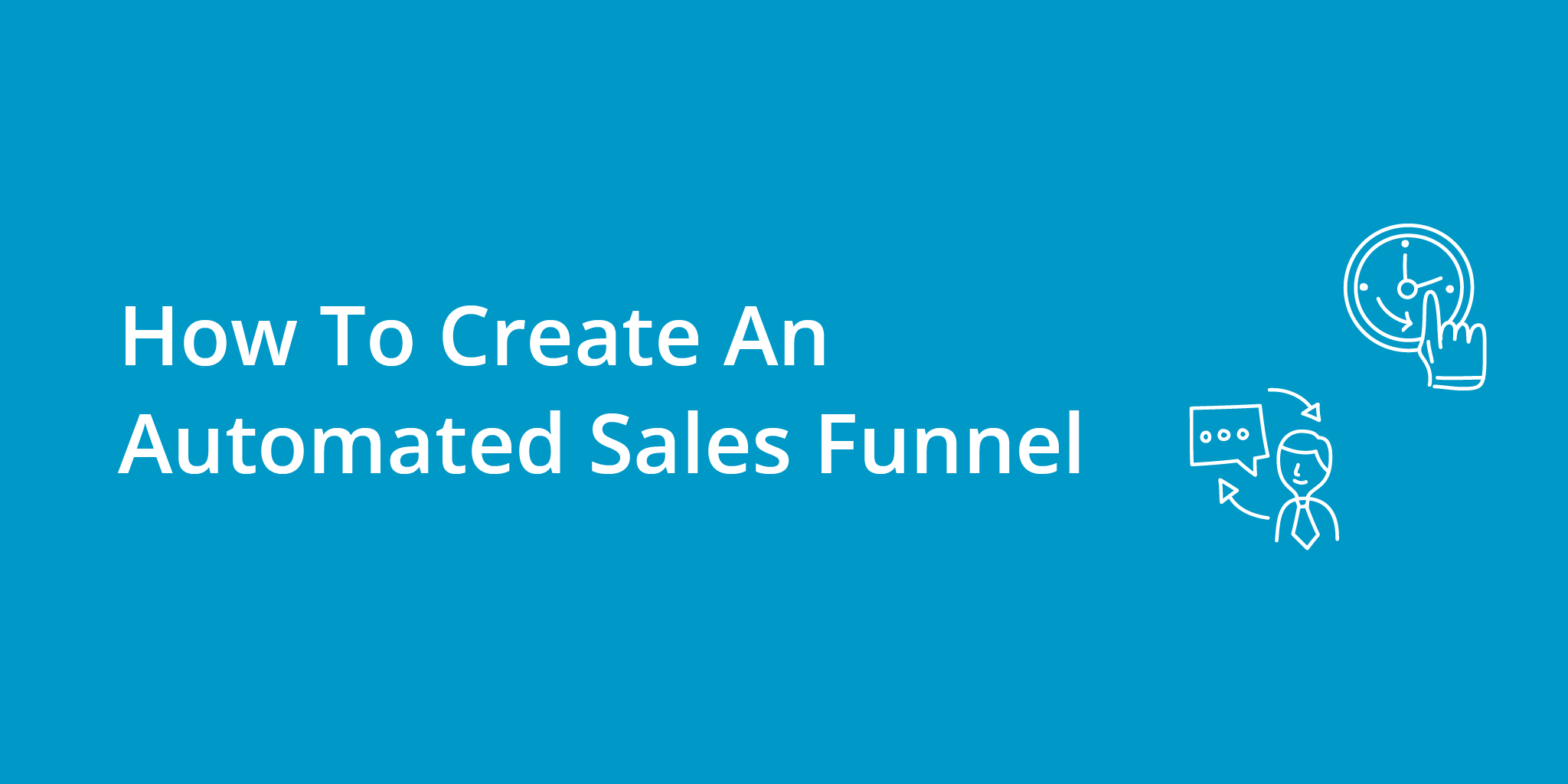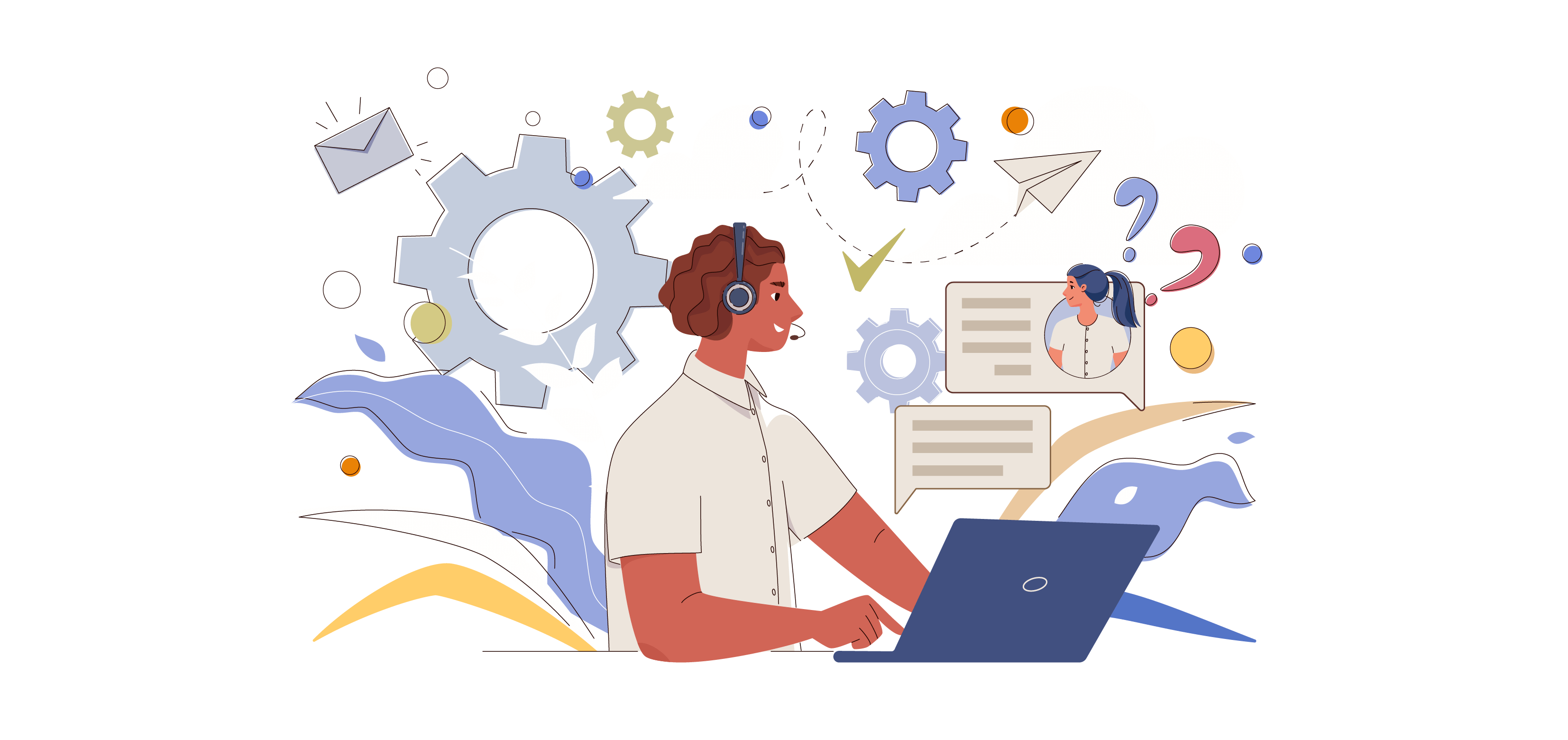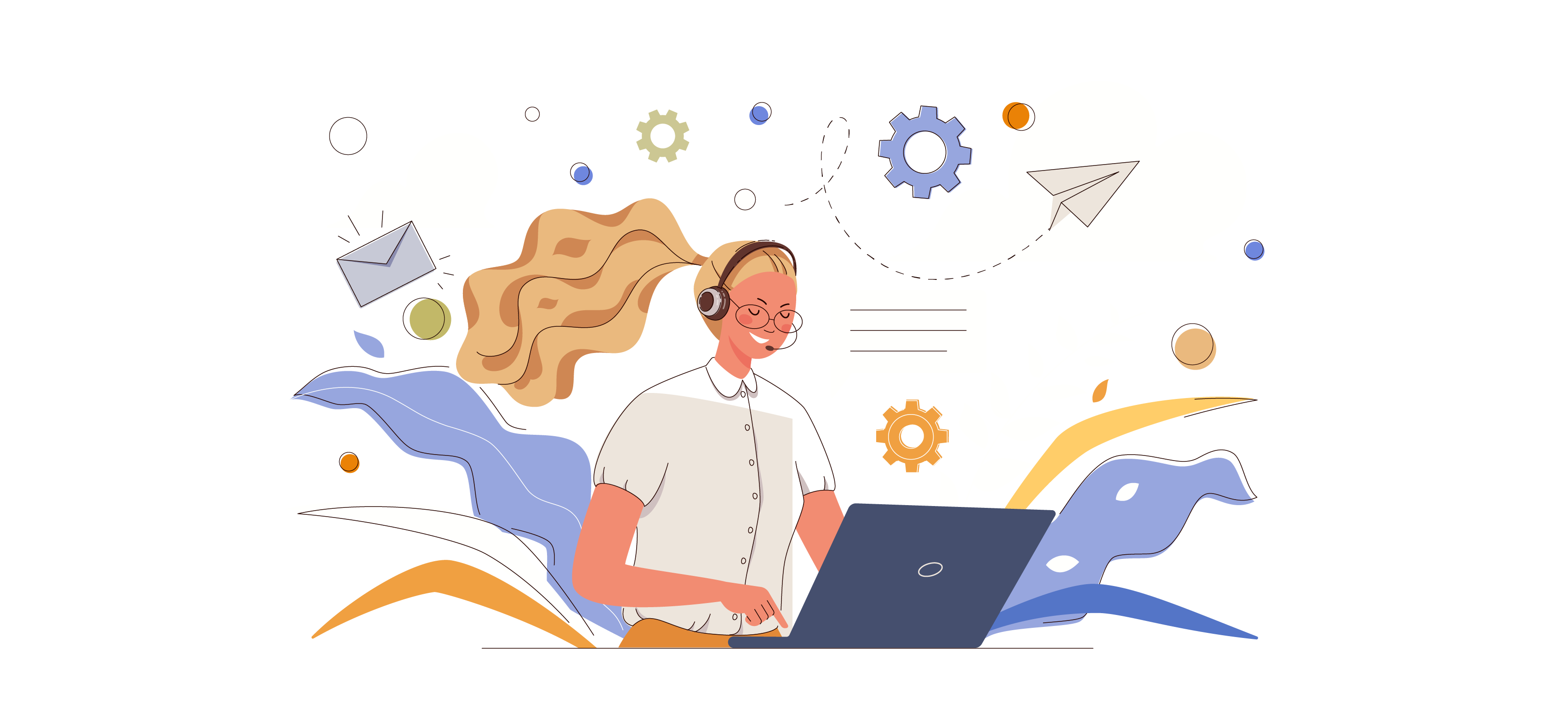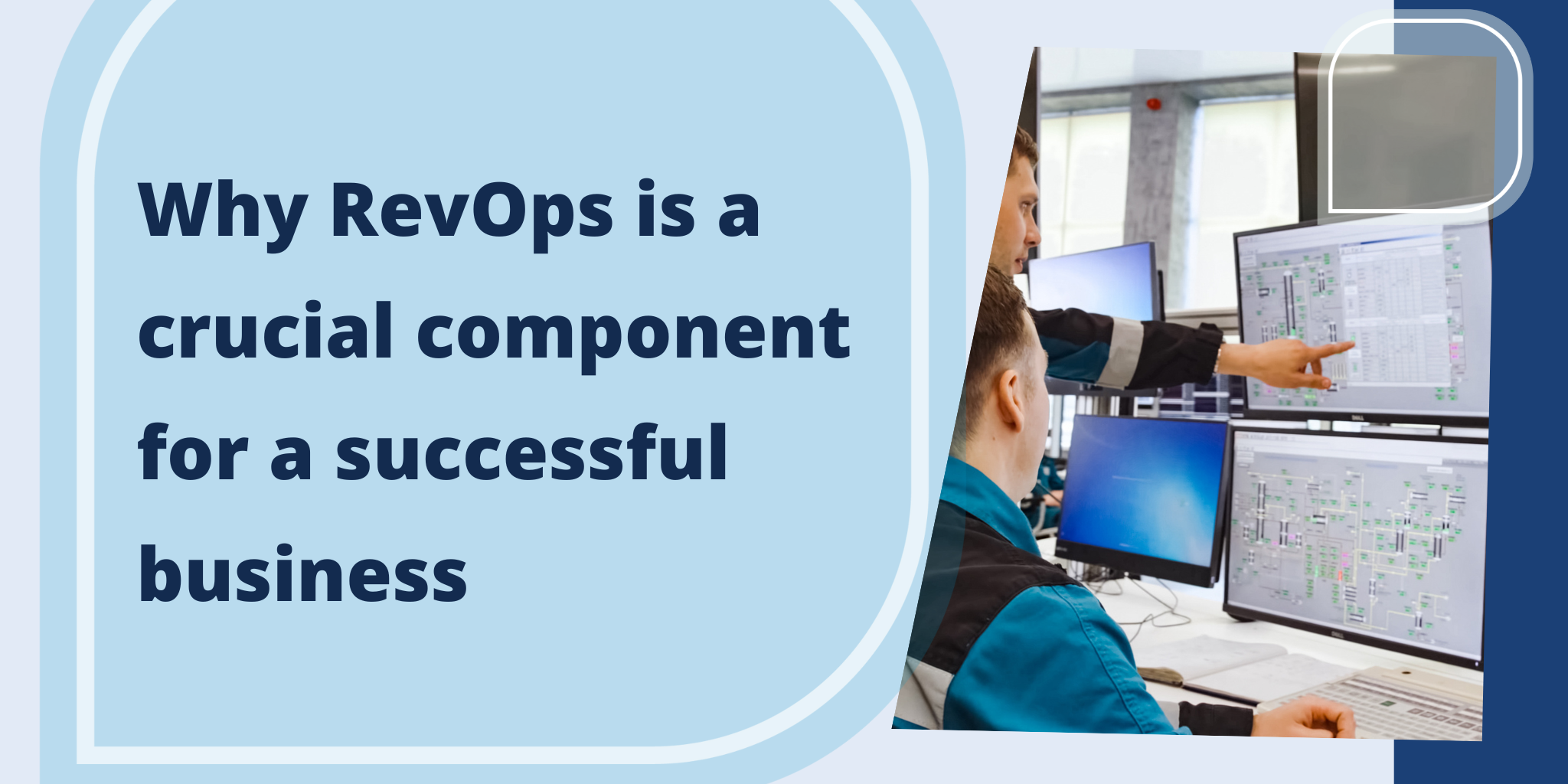
Automating your sales funnel can help to streamline sales processes, reduce costs and ensure that customers are getting the best possible experience. Automation software helps sales teams to set up automated tasks and campaigns that nurture leads down the sales pipeline. Here we explore some of the key ways you can use software to automate your sales funnel, using the AIDA model as a guide.
Jump to…
- What is the AIDA Sales Model?
- What is Sales and Marketing Automation?
- Sales Automation for Top of Funnel Leads: Awareness
- Sales Automation for Mid-Funnel Leads: Interest and Desire
- Sales Automation for Botton Funnel Leads: Action
- Sales Automation for After Purchase: Post-Sale
What is the AIDA Sales Model?
The AIDA sales model is an acronym that stands for Awareness, Interest, Desire, and Action. It’s an important concept for sales professionals as it outlines the steps necessary to promote sales success. It is often referred to as a sales funnel because of its ability to guide potential buyers from initial awareness all the way through to conversion.
By following AIDA’s framework, sales and marketing professionals are able to better qualify leads and focus their efforts on higher potential customers while also increasing sales efficiency overall. In addition to helping track where prospects are located in the sales process, AIDA also helps marketers craft messaging that speaks to customers' concerns at different points of the funnel.
As a (very meta) example, take this advertising copy aimed at selling automation software, broken down by the AIDA framework:
Awareness: Are you looking for ways to streamline sales processes and reduce costs?
Interest: Automating your sales funnel can help you do just that. With automation software, sales teams can set up automated tasks and campaigns that nurture leads down the sales pipeline.
Desire: Sales and marketing professionals are able to work smarter, not harder, by using sales automation software. Check out this case study which describes how Company Y was able to do just that.
Action: Try out our automated sales funnel software today! Sign up now for a free trial.

What is Sales and Marketing Automation?
Automation is an important tool in the world of sales. Sales automation is the automation of manual processes and tasks that are related to selling a product or service, such as lead generation, customer segmentation, customer outreach and support, and other sales-related activities. This automation helps to streamline the process of sales so that businesses can easily reach more customers and maximize their profitability.
Additionally, automation also makes it easier for teams to collaborate effectively and work together towards a common goal. In today’s competitive market, automation has become an integral part of sales, providing significant savings in time and resources for businesses everywhere. Now let’s dive into exactly how you can create an automated sales funnel.
Sales Automation for Top of Funnel Leads: Awareness
Sending automated email drip campaigns
If you’re looking to up your email game, automation is the way to go. Automated email drip campaigns are the simplest and most effective way to send automated messages that nurture leads at the awareness stage. As long as the lead has opted in to receiving email communication from your company, you can tailor emails to encourage these leads into the next stage: interest.
These emails feature carefully crafted copy and automation triggers, allowing them to be sent at times and intervals appropriate for individual customers. This creates a personalized experience, making customers feel valued and heard. For example, you could send birthday greetings, coupons and other exclusive offers, and free trials to these top of funnel leads. Check out our other article on the best email and SMS tools for marketing and sales automation.
Sales Automation for Mid-Funnel Leads: Interest and Desire
Auto calls and text for sales follow-up
For those potential customers who have made it further down the sales funnel, and have perhaps gotten on the phone with your sales team to watch a demo or ask questions, there are a number of sales automations you can implement to help close the deal. Statistics show that it takes, on average, at least 5 follow up attempts to get in touch with a prospect.
You can automate this follow-up process by leaning into auto-call and auto-SMS tools. These software tools allow you to schedule a follow-up call, and automatically alert your agent when it is time to place an outgoing call. Plus, auto-SMS can send text messages to potential customers based on a variety of triggers, including abandoned carts, the number of missed calls, and after an email is sent.
By pairing a sales engagement tool like Kixie with your existing tech stack and CRM, you can easily automate phone calls, text messages, and more to ensure you never forget to follow up again. Here’s our step by step guide on how to create customer triggers for lead follow up, using your CRM + Kixie.
Sales Automation for Botton Funnel Leads: Action
Streamline proposal generation
Adding a document creation and automation software to your tech stack can not only save your sales reps time, but can help close deals faster. Instead of hounding potential buyers who gave a verbal “Yes” via email, you can let your proposal software follow-up and send reminders on your behalf.
When it comes to sales proposal automation software, there’s no shortage of options on the market. It can be difficult to narrow down which one is best for your business needs. Check out our sales proposal automation software article, which reviews some top contenders in the sales enablement space and discusses their features and benefits, as well as pricing considerations.

Sales Automation for After Purchase: Post-Sale
Customer service automations
Even after a customer makes a purchase from your business, you won’t want to leave them hanging – especially if they need help setting up your product, or have questions for customer service. In order to ensure you’re giving quality attention to each of your customers, you can rely on post-sale automation to help.
Start up a customer support conversation by asking for a customer’s review of an item they recently purchased. This allows them to respond with a glowing rating, or feedback on how their experience with your product could have been better. Automate this process by leveraging auto-SMS messages to start the conversation. Or, set up an email drip campaign based on the type of item purchased and how long ago the purchase was made.
Many CRM systems already have auto-SMS and email campaign capabilities, in the form of workflow automations. Check out our articles on how to build successful sales automations with HubSpot, Zoho, and Pipedrive.
Sales funnel automation is an invaluable tool for sales teams, as it can help to streamline the sales process and increase customer satisfaction. By leveraging the sales and marketing automations described in this article, you can be well on your way to creating an entirely automated sales pipeline. Good luck!
You might also be interested in...

Read More
What is Revenue Operations?





